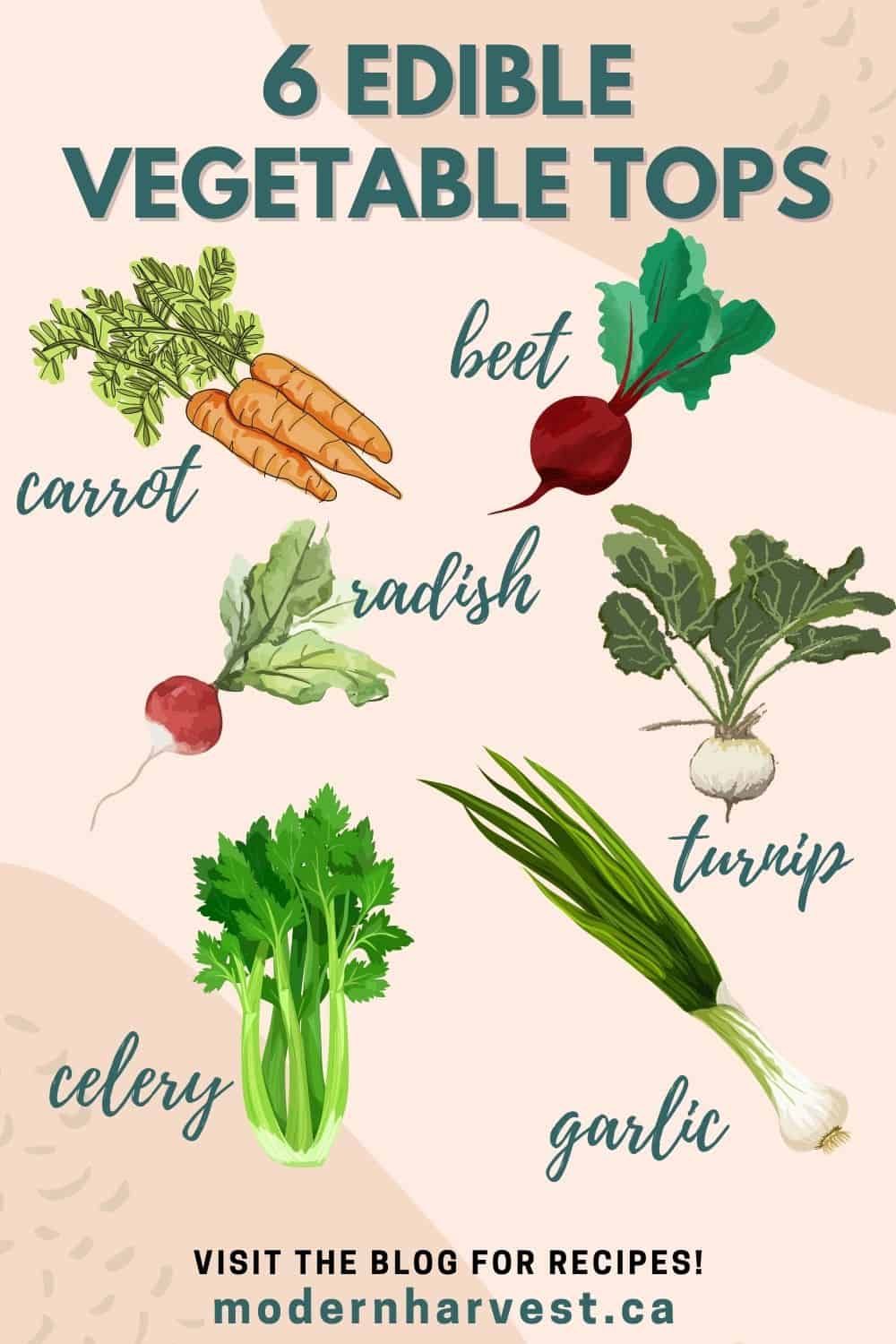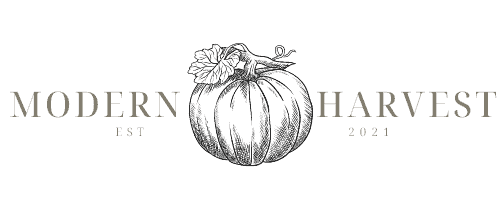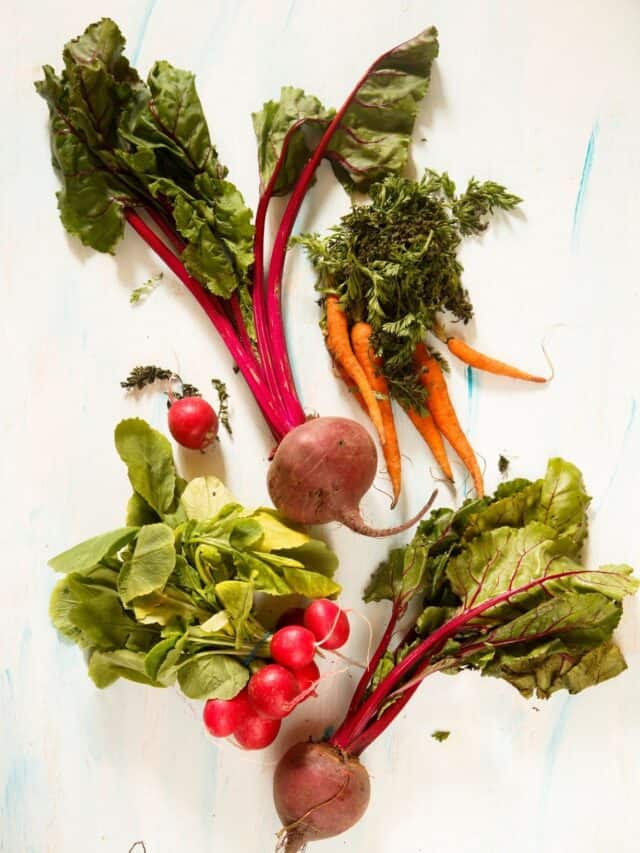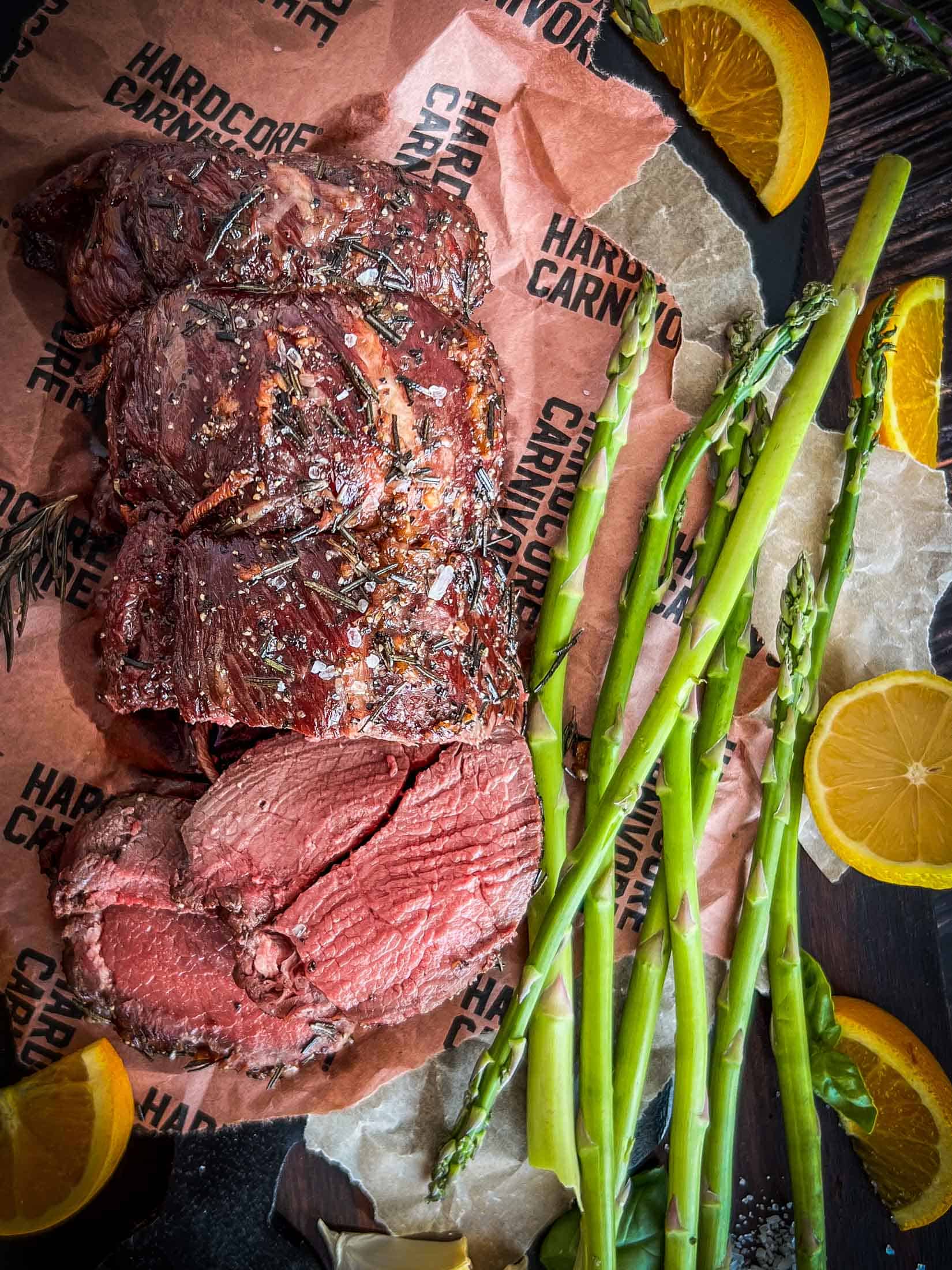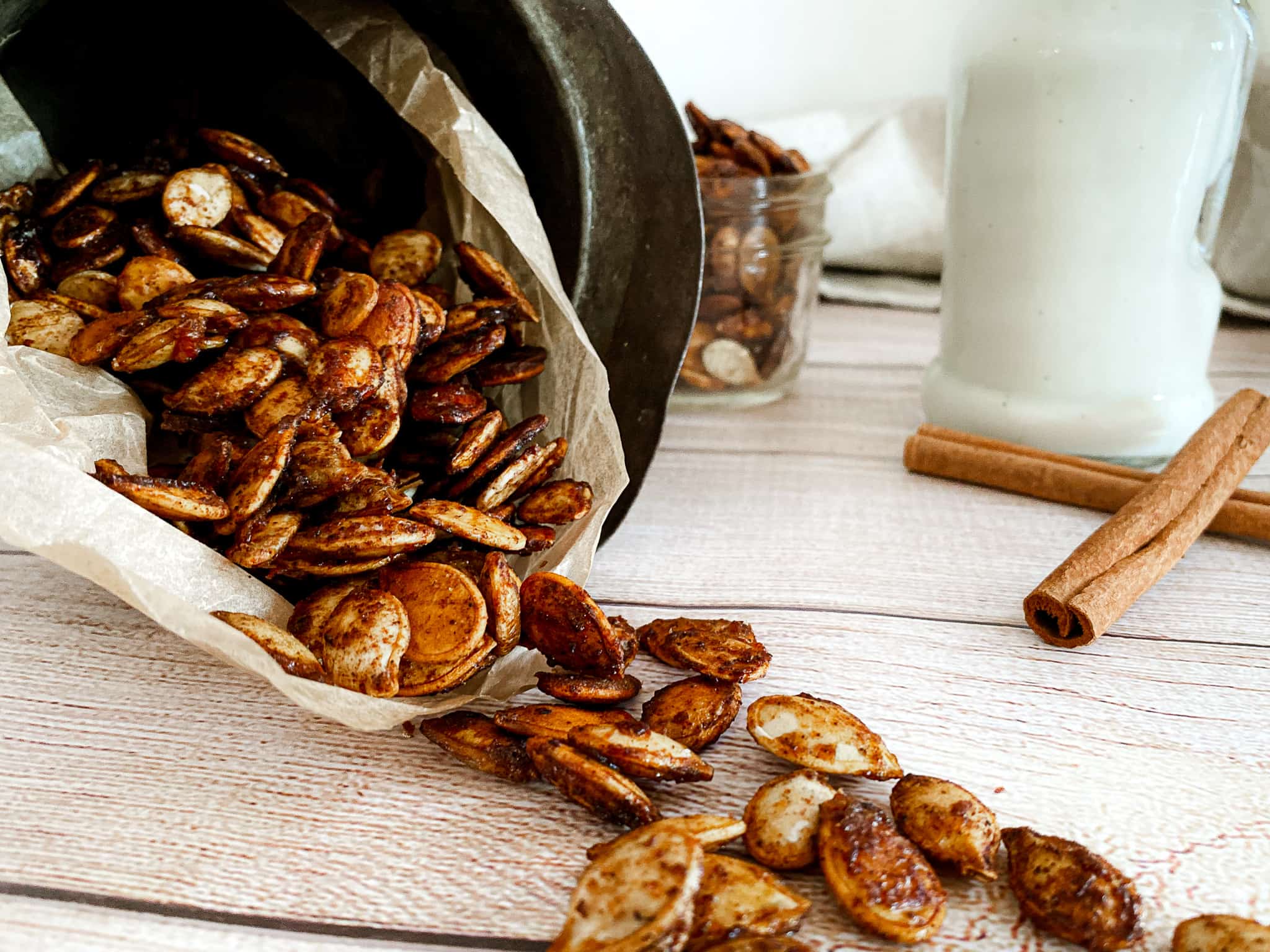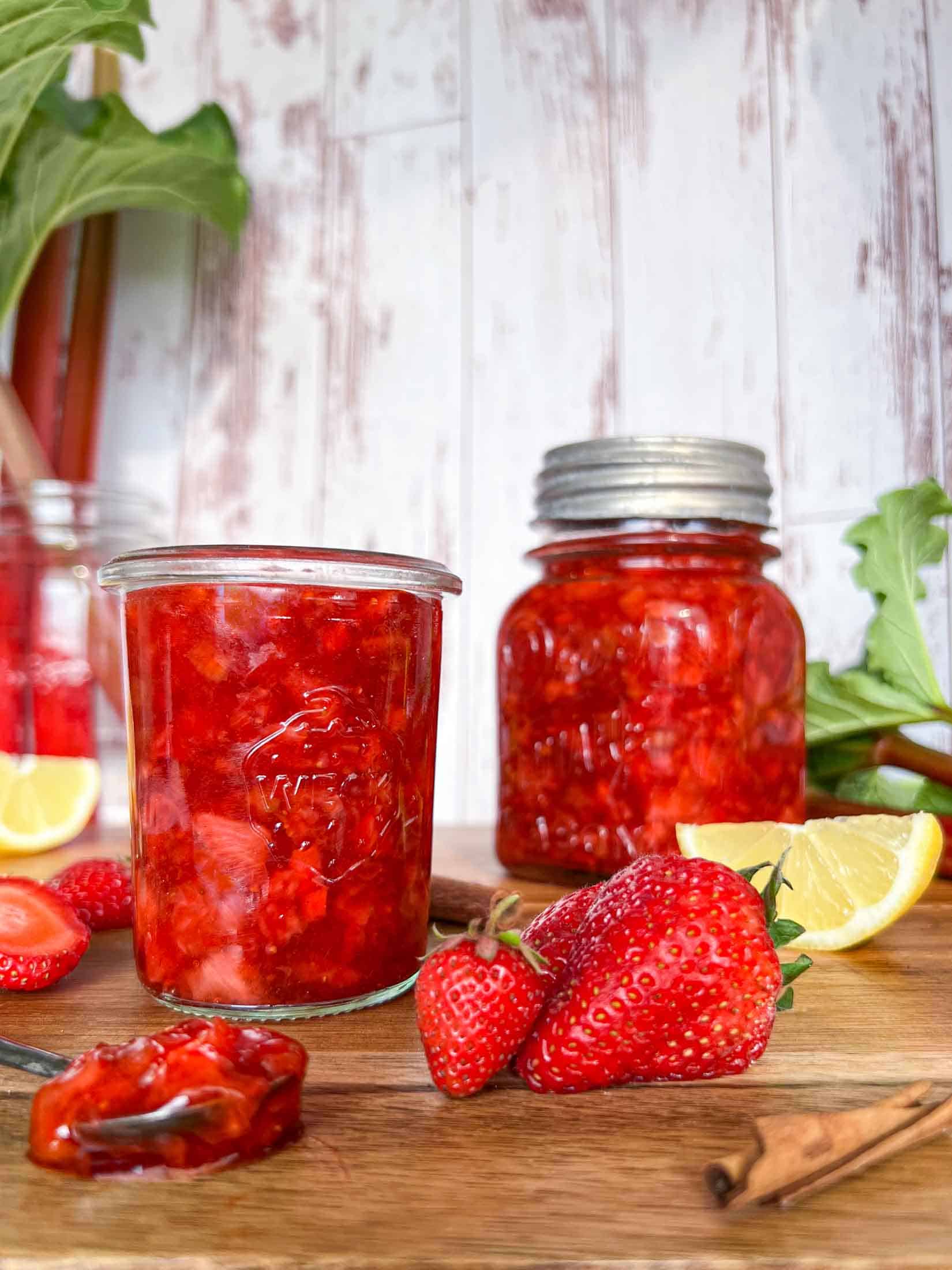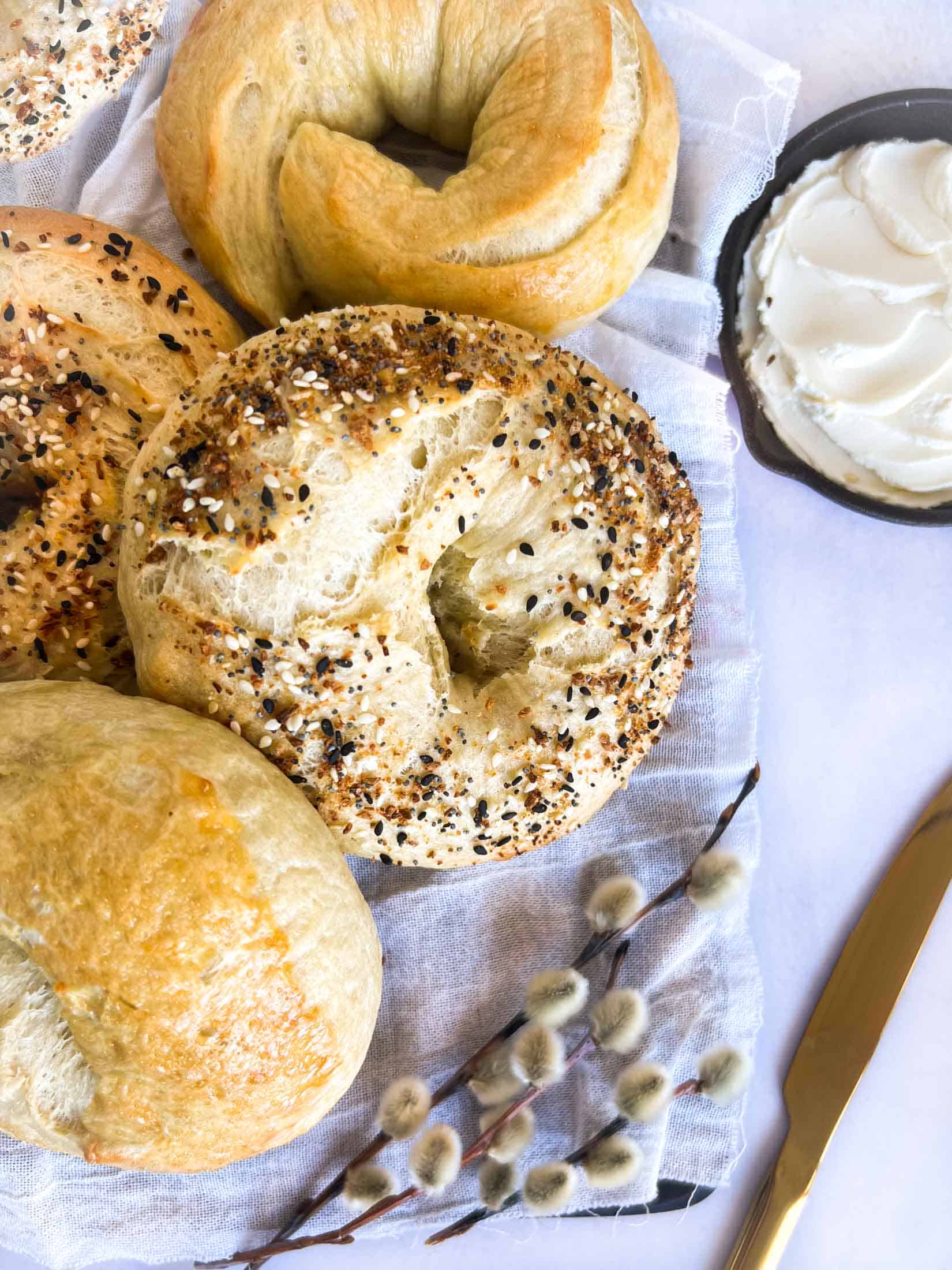6 Edible Vegetable Tops That You Can Harvest + How to Prepare Them
There is something so satisfying about reducing food waste and using more of your vegetables– especially when they are home-grown. Save yourself a trip to the compost pile and use your edible vegetable tops and leaves to cook and prepare delicious greens that are packed with nutrients. Fuel your body with the tops of carrots, turnips, radishes, beets, garlic, and celery.
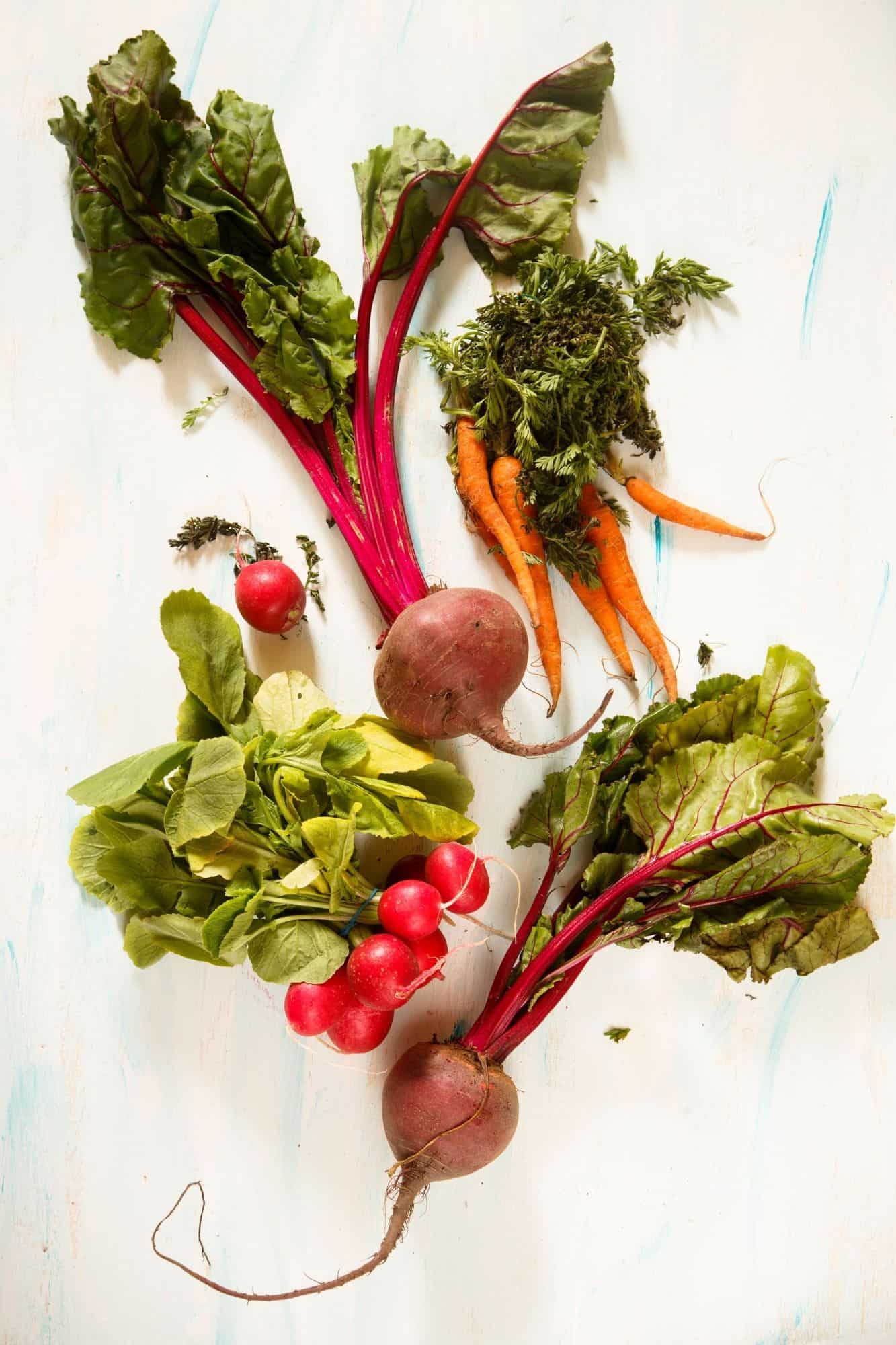
Read on to learn about 6 edible vegetable tops that you should never throw out, and how to add them to new and old recipes.
Benefits of Saving Vegetable Tops
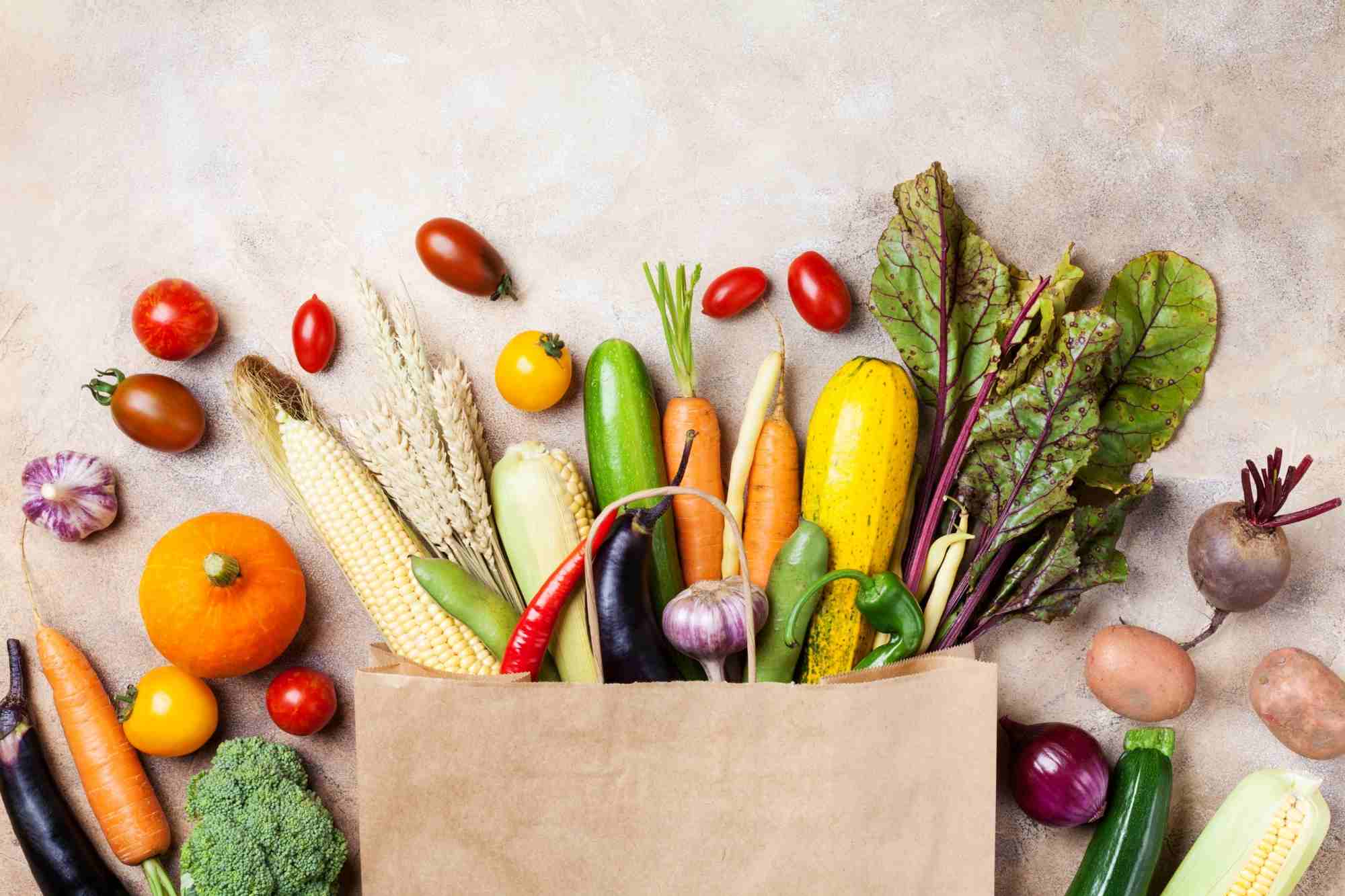
Economical– Grocery prices are sky high! It is hard to leave the store without spending $300+ for a few small bags of necessities. Start using your edible vegetable tops to add nutrition, flavour, and interest to your dishes- for free! Get the most out of your veggies by using most or all of the plant from root to tip.
“Clean”– This only applies to your edible vegetable tops if you have grown them yourself. You know EXACTLY what went into growing them. Fertilizers, pesticides, herbicides, and other unknowns can be lurking in the shadows, hiding in food that you buy commercially. Growing and harvesting your own vegetable tops helps you to make sure that what you are eating is “clean.” If you can’t grow your own vegetables, opt for organic when possible to ensure that the leaves haven’t been sprayed with harmful chemicals.
Rewarding– There is something so satisfying about eating your home grown vegetables and by reducing organic waste. Instead of sending these greens to your compost bin, you are able to use the whole plant in different applications.
Fun– Have fun trying new recipes- you just might find that some of these edible vegetable tops become a new staple. Recipes like quiche, soup, rice bowls, smoothies, stir-fry, and pesto add nutrition and variety to your diet and help to diversify your cooking skills!
Carrot Tops
You don’t have to be Bugs Bunny to love Carrot Greens. Carrot tops are similar in flavour to beet greens and Swiss chard. They have an earthy, parsley-like flavour and are 100% delicious!
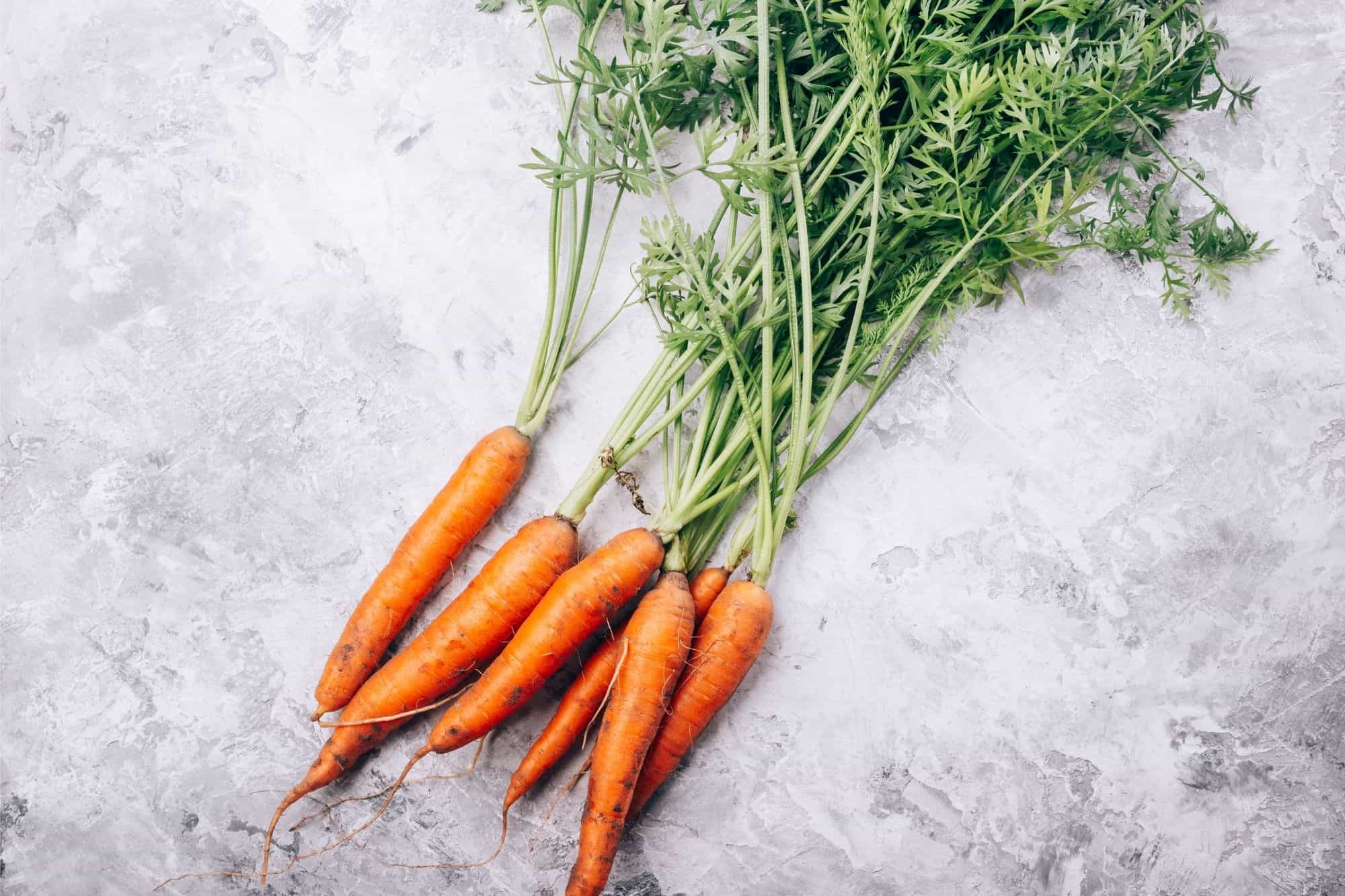
How to Prep Carrot Tops
Cut the tops of the carrots off, leaving two inches of the stems on your carrots (or discarded). The top of the stem wont taste as good. Be sure to thoroughly wash your carrot leaves (tops) to remove any dirt that may have splashed up onto them. A rinse under the tap and a few turns in the salad spinner will do the trick! Remove any large, tough stems.
How to Store Carrot Tops
Store your carrot tops after they have been washed and dried. Bundle them and wrap in a damp paper towel. Place them in a ziplock bag or other airtight container and place them in the fridge for up to a week- or longer! Freeze them for later use in cooked dishes.
Carrot Top Recipes (How to Cook)
Carrot Top Pesto– Check out this delicious roasted carrot recipe with carrot top pesto- using the whole carrot in one diverse recipe!
As Garnish- Because of their parsley-like flavours, carrot tops double as a garnish on many dishes.
Added to Salad- Add the tender carrot tops to your favourite green or wheat salad for a dynamic flavour and crunch.
Sautéed Carrot Tops– Much like spinach, carrot tops can be sautéed with a little butter, garlic, and salt and pepper.
Added to Broth- Much like celery tops, carrot leaves can be chopped and added to your broth or stock to add an earthy flavour.
Added to Hummus– Carrot tops blend beautifully into your favourite hummus recipe to add colour and flavour.
As Cocktail Garnish– Perfect to top your Bloody Mary… or if you are a Canuck like me, a Caesar!
Turnip Leaves
High in nutrients like vitamin A and low in calories, turnip leaves are a great addition to your diet. Turnips are part of the cruciferous vegetable family much like kale and broccoli.
The best time to harvest turnips leaves is when they are young and tender. They can be used just like lettuce! Turnip greens have a sweet, peppery flavour and are both soft and crisp- adding great dimension to many dishes.
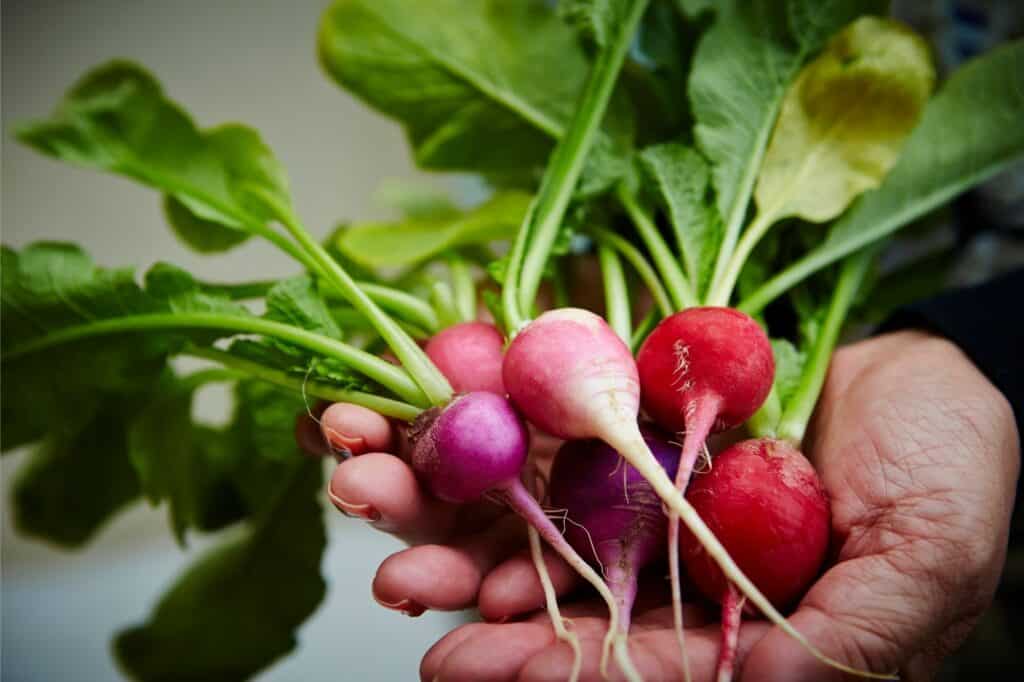
How to Prep Turnip Leaves
Cut your turnip greens in the morning, close to the root. They will grow a new set of small leaves in 7-10 days that can be harvested again. Thoroughly wash turnip greens to make sure that any small insects or bit of soil are washed away. Use water or a vinegar soak (one part vinegar, three parts water) to clean. Rinse well. Pat dry or use your salad spinner to completely dry them off. If your turnip leaves are large, you will want to remove the spines.
How to Store Turnip Leaves
Store turnip leaves rolled in a damp paper towel in a ziplock or other airtight container for a week or longer. It is amazing how long greens last when they are picked and packed fresh. Freeze them for later use in cooked dishes.
How to Cook Turnip Leaves + Recipes
In a Salad– Reserve the young, small turnip leaves to eat fresh in your salad. If using bigger leaves, it would be a good idea to fold the spinach leaf in half and remove the stem.
Sautéed- Cook turnip greens like you would spinach, kale, or other greens. Sauté turnip leaves with finely diced bacon, salt, pepper, a minced clove of garlic. Turn up the heat with a pinch of cayenne pepper!
Added to Stir Fry- The peppery notes of turnip leaves pair well with almost any stir fry recipe.
Added to Hearty Soup- Turnip leaves become soft when boiled, making them the perfect addition to any soup.
Radish Leaves
Are radish leaves edible!? Yes!! Radish leaves are a great swap for leafy greens like spinach and Swiss chard and arugula. They have a mild peppery-taste that lends well to many dishes!
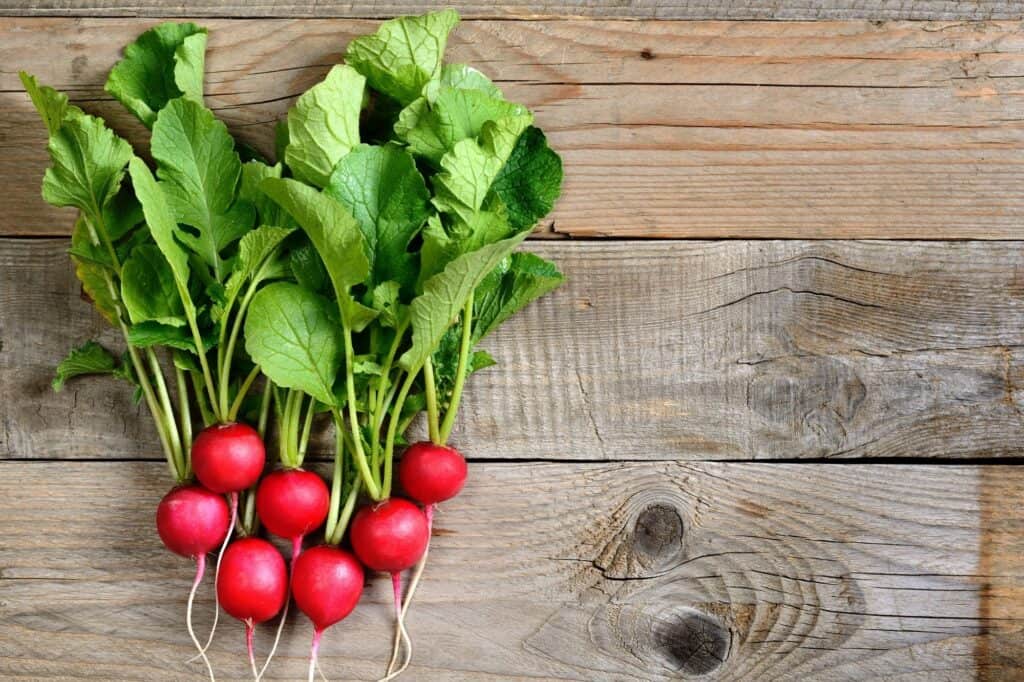
How to Prep Radish Leaves
Chop your radish leaves 1/2 inch away from the root. Thoroughly rinse, pat dry, or use a salad spinner. If you are using the radish leaves right away, chop them to your desired size. If you are storing them for later, leave them in long chunks.
How to Store Radish Leaves + Recipes
Wrap radish leaves in a damp paper towel and place them in a ziplock bag or airtight container and refrigerate for up to a week. Your radish greens may last longer depending on how dry they are keeping in the ziplock and how quickly you got them rinsed and cooled. Freeze them for later use in cooked dishes.
How to Cook Radish Leaves
Roasted– Simply chop, drizzle with olive oil and salt and pepper and roast with radishes and other root vegetables.
Sautéed- Pan fry with a little bit of olive oil, red pepper, garlic, and your favourite seasonings!
Pesto- Radish greens pesto is a delicious way to use up some of your radish leaves.
In a Rice Bowl- Cook the radish greens along with your other vegetables or chop them leave them raw in your favourite rice bowl.
In Quiche– Radish leaves combine with egg and avocado in these delicious little quiches.
Beet Leaves
Beet leaves are one of the most well known and versatile vegetable tops that you can eat. In my opinion, beet leaves are just as good, if not better, than kale. They are silky, tender, sweet and mild. No need to discard the stems- include them in your recipes for added texture, flavour, and colour. Beet greens are easy to find at most super markets and farmers markets.
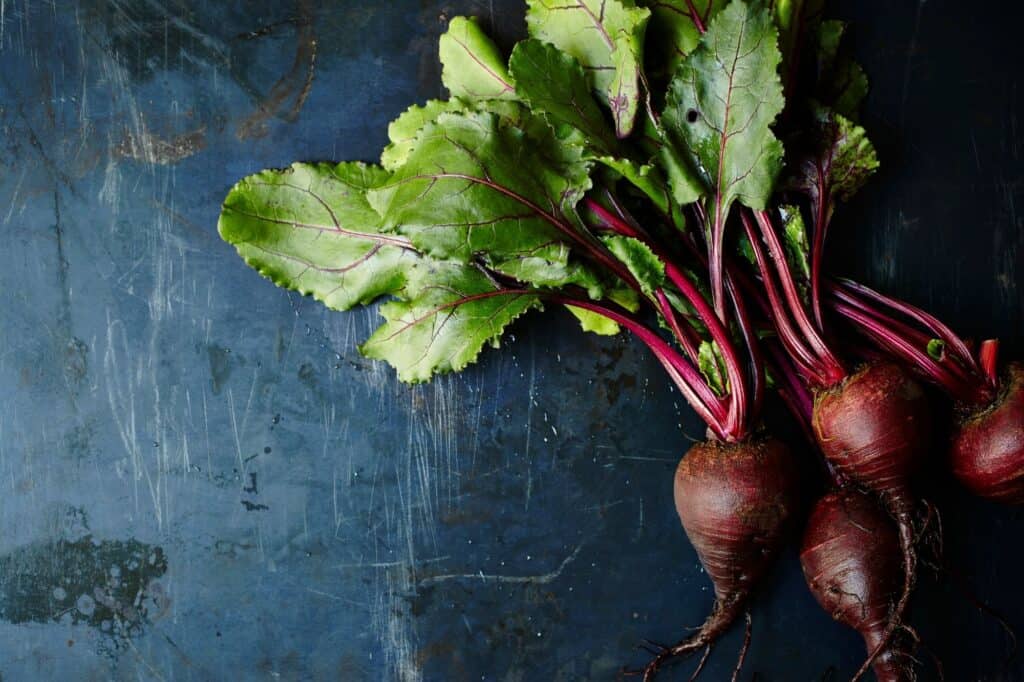
How to Prep Beet Leaves
Cut the leaves off of the beets about two inches up from the root of the vegetable. Rinse well to remove any little critters or soil that may be left on them. Thoroughly dry them with paper towel or with a salad spinner.
How to Store Beet Leaves
Bunch the beet leaves together and wrap them in damp paper towel. Store them in an airtight container or ziplock and put them in the fridge. They should last one to two weeks depending on how dry you got them and how quickly they were washed and cooled after harvesting. Freeze them for later use in cooked dishes.
How to Cook Beet Leaves + Recipes
Beet Leaf “Cabbage Rolls” or Holubtsi- Use large beet leaves to wrap around prepared rice filling and cook them like you would cook traditional cabbage rolls.
Lazy Beet Leaf “Cabbage Rolls”– Chop up the beet leaves finely and add them to prepared rice filling including bacon and sautéed onions. Mix until well combined and place in a parchment lined casserole dish. Cook as you would cook traditional lazy cabbage rolls.
Sautéed- Sautée your beet greens with a bit of bacon, garlic, and seasoning. Toss with feta cheese for the ultimate side dish.
In a Smoothie-Chop beet leaves up like you would spinach and blend it into your favourite mix of fruits and veggies to add iron, vitamin a, and other nutrients.
Dehydrated into Powder- This is the perfect way to save your greens to use when they aren’t easy to get (winter/spring). Add green beet powder to smoothies, soups, and sauces to give your food a nutritional punch!
Fermented- Just like you can make sauerkraut from cabbage, you can make kraut from beet leaves. Try this recipe for a tangy treat full of beneficial probiotics.
Garlic Shoots / Garlic Scapes
Garlic shoots also known as garlic scapes are perfectly edible. They take on a soft garlic flavour and can elevate many soups, salads, and sauces. Be sure to choose young garlic shoots if you plan on eating them fresh- they will be more tender and juicy!
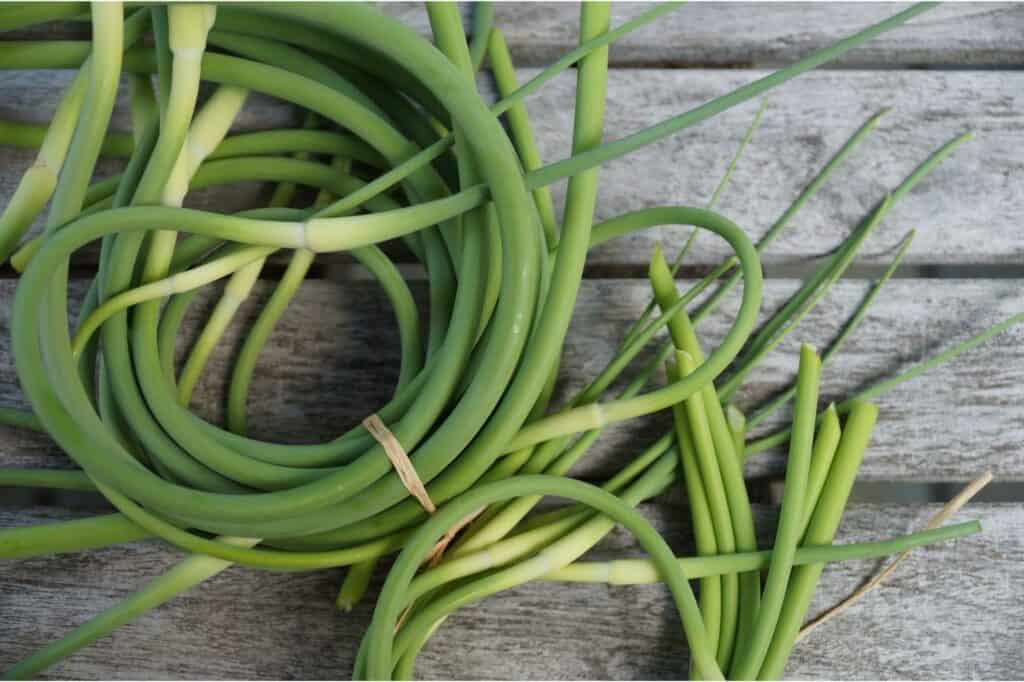
How to Prep Garlic Shoots
Harvest garlic shoots off of hard-necked garlic when they first emerge. Wash and pat them dry with a paper towel or spin them dry in a salad spinner.
How to Store Garlic Scapes
Wrap garlic scapes in damp paper towel and stow them away in a ziplock bag in the fridge for up to a week. Freeze them for later use in cooked dishes.
How to Cook Garlic Scapes + Recipes
Garnish- Use garlic shoots as garnish for soups, salads, and to beautify main courses.
Pesto- Try out this garlic shoot pesto on top of your favourite noodles for a garlic lover’s pasta salad.
Stir fry- Add to your stir fry to add colour and flavour.
Garlic Butter- Add finely chopped garlic scapes to whipped butter with minced garlic for an out of this world garlic butter.
Steam- Steam garlic scapes like you would asparagus, season with salt and pepper and enjoy!
Barbecue- Toss your garlic scapes on the grill with a light olive oil and salt and pepper coating.
Soup– Add chopped scapes to your favourite soup including my dill pickle soup to add the perfect garlic-kick!
Celery Tops
Celery tops are the BOMB! They are super flavourful when added to almost any dish and can be prepared and preserved many different ways. Celery tops can be split into two categories: tender, light green leaves, and sturdy, strong flavoured dark green leaves.
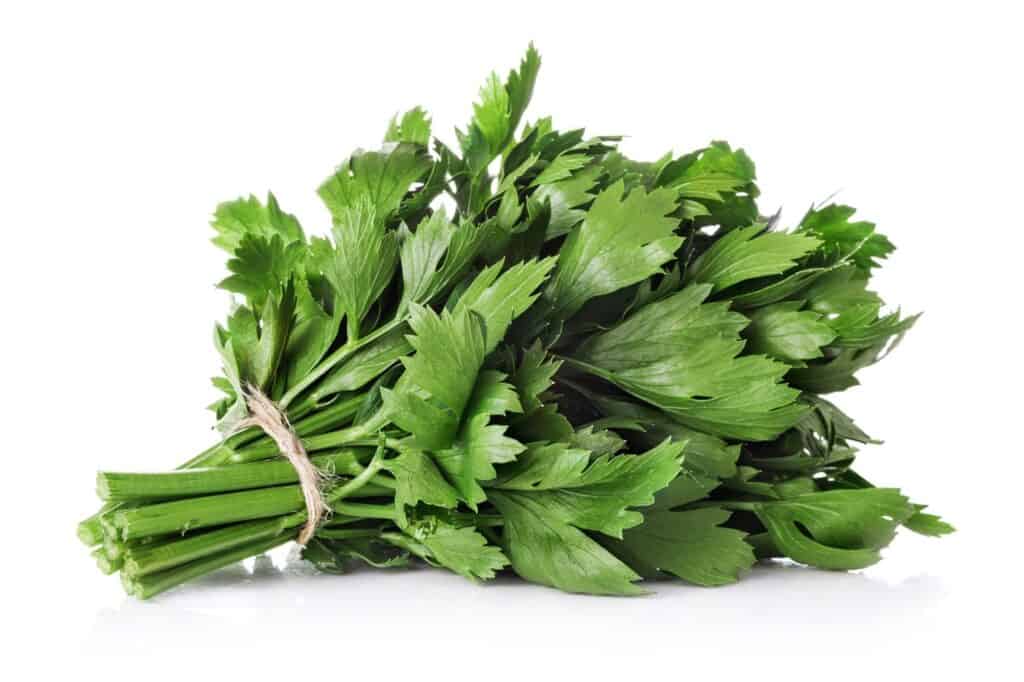
How to Prep Celery Tops
Chop the leaves off of the top of the celery stocks with a sharp knife or kitchen shears. Thoroughly rinse and pat them dry. You may want to separate the light and dark leaves at this point.
How to Store Celery Tops
Wrap whole leaves in a damp piece of paper town and stow the in a ziplock bag in the fridge where they should last about a week. Celery leaves can be frozen! Coarsely chop before returning the leaves to a ziplock bag and putting them in the freezer.
How to Cook Celery Tops + Recipes
As a Substitute- Swap out herbs such as parsley for these flavourful celery leaves.
Seasoning Salt- Add dried celery leaves to your favourite sea salt to make homemade celery salt.
Pesto- Dark celery leaves can be used in place of arugula in pesto– it tastes delicious on pasta, spread over sandwiches and pizza, and added to salad dressing.
Garnish- Use the light green inner leaves for a delicate garnish.
Soup Stock- Add celery leaves along with other chopped vegetables such as onions and peppers and mushrooms to a large stock pot with water and simmer over a low heat for 1-2 hours.
Other Ways to Reduce Garden Waste
Compost: Toss your unwanted organic garden material into your compost pile to use later as a fertilizer and soil amendment strategy.
Soil Blocking: Reduce the amount of cheap plastic containers you use by switching to soil blocks. Check out my tutorial here to find out exactly how to get started soil blocking and how to construct a sturdy wooden soil block tray.
Feed the Animals: Chickens, goats, horses, and pigs are just a few of the animals that love garden clippings and waste! Keep a bucket handy to gather up any unwanted garden matter including stems, leaves and other pieces of a plant that are normally discarded and feed it to your animals.
Sharing is Caring♥♥♥! Pin This Edible Vegetable Tops Post or Share to Social Media
